Key Takeaways
Stainless steel cartoon sculptures represent a unique fusion of playful artistry and industrial precision. These works combine 3D design advancements with the durability of 304-grade steel, creating pieces that withstand outdoor elements while maintaining visual appeal. Three core elements define their creation:
- Material Innovation: Stainless steel’s corrosion resistance and malleability allow intricate shapes, from exaggerated cartoon features to flowing abstract forms.
- Collaborative Workflows: Artists, engineers, and fabricators collaborate to translate whimsical concepts into structurally sound installations.
- Spatial Transformation: Sculptures act as focal points in parks, lobbies, and urban landscapes, blending humor with architectural gravitas.
"Combining playful themes with stainless steel challenges us to balance precision with creativity," notes sculptor Elena Voss, whose team pioneered modular steel art techniques.
| Design Stage | Traditional Approach | Modern Innovation |
|---|---|---|
| Concept Sketching | Hand-drawn drafts | 3D modeling software (e.g., Blender) |
| Material Selection | Bronze or stone | 304/316 stainless steel alloys |
| Fabrication | Welding-dominated processes | Laser cutting + CNC bending |
For those exploring realistic sculpture projects, consider how cartoon-inspired steel art can contrast or complement figurative works. A practical tip: when commissioning a piece, discuss surface finishes (brushed, mirrored, or patina-treated) early to align aesthetics with environmental conditions.
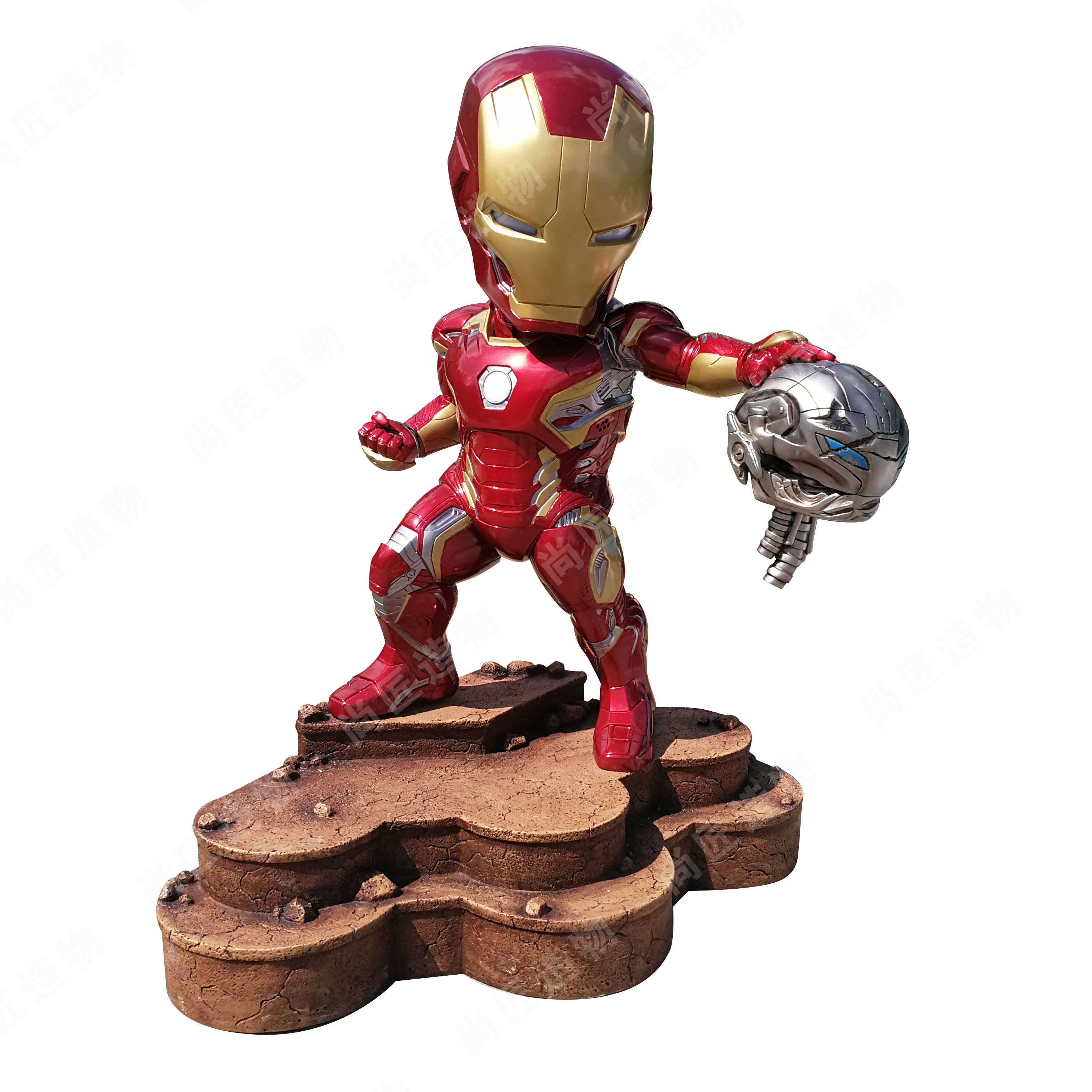
Stainless Steel Cartoon Sculpture Origins
The fusion of cartoon aesthetics with stainless steel sculpture emerged as artists began exploring industrial materials for playful, large-scale installations. While traditional sculptors favored bronze or marble, mid-20th-century creators sought durable alternatives for outdoor displays. Stainless steel, originally developed for industrial applications like cutlery and machinery, gained traction in the 1960s when pop art movements redefined artistic boundaries. Artists such as Jeff Koons and Claes Oldenburg pioneered its use, blending whimsical forms with the material’s reflective, weather-resistant properties.
Early experiments focused on abstract shapes, but by the 1980s, advancements in metal fabrication allowed precise replication of cartoon-like curves and exaggerated features. The adoption of 304-grade steel—known for corrosion resistance—enabled sculptures to maintain vibrant finishes in public spaces. This era also saw collaborations between industrial designers and sculptors, merging engineering precision with artistic vision. Unlike Fiberglass sculpture, stainless steel offered structural integrity for towering installations, supporting dynamic poses without compromising on detail. These innovations laid the groundwork for today’s 3D-designed cartoon sculptures, transforming parks and urban plazas into interactive art experiences.
3D Innovation in Steel Artistry
The integration of 3D modeling has revolutionized stainless steel sculpture design, enabling artists to translate whimsical cartoon concepts into precise, durable forms. By leveraging software like ZBrush or Blender, creators refine intricate details—from exaggerated facial expressions to dynamic poses—before fabrication begins. This digital workflow ensures compatibility with industrial techniques such as laser cutting and CNC machining, which shape 304-grade stainless steel into complex curves and geometric patterns. The material’s corrosion resistance allows outdoor installations to maintain their playful aesthetics despite weather exposure, while polished or brushed finishes amplify light reflection for visual impact.
Collaborations between digital artists and metal fabricators have further streamlined production. Prototypes are tested virtually to minimize material waste, ensuring structural integrity for large-scale pieces like Stainless steel sculpture installations in public parks. This synergy of technology and craftsmanship preserves the spontaneity of cartoon-inspired art while meeting engineering demands, bridging imaginative design with functional durability. Such advancements expand creative possibilities, allowing stainless steel to evolve beyond traditional abstract forms into narrative-driven works that engage diverse audiences.
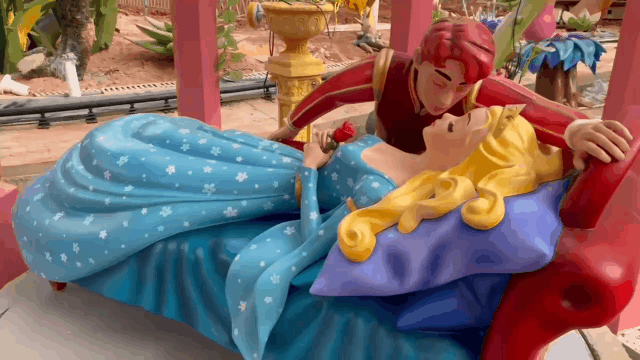
Crafting Whimsy with Industrial Materials
The juxtaposition of playful cartoon aesthetics with stainless steel’s industrial rigidity challenges traditional perceptions of sculpture. Artists leverage 304-grade steel—a material prized for its corrosion resistance and structural integrity—to craft forms that balance childlike charm with industrial precision. By manipulating sheets through cutting, welding, and polishing, rigid surfaces transform into flowing curves, exaggerated features, and dynamic silhouettes reminiscent of animated characters. This process often involves digitized templates derived from 3D modeling, ensuring geometric accuracy while preserving organic whimsy.
Stainless steel’s reflective properties further enhance these creations, allowing light to interact with surfaces in ways that mimic the vibrancy of traditional cartoons. Unlike static materials, steel sculptures evolve with their environments—rainwater beads into shimmering textures, while sunlight casts ever-changing shadows. This adaptability extends to kinetic sculpture, where engineered joints introduce motion, blurring the line between art and functional design. The result is a fusion of durability and delight, proving industrial materials can evoke joy as effectively as softer mediums.

Collaborative Art Meets Modern Fabrication
The creation of stainless steel cartoon sculptures bridges artistic vision with technical precision, requiring seamless collaboration between artists, engineers, and fabricators. Modern fabrication techniques, such as laser cutting and CNC machining, enable precise translation of whimsical 3D designs into durable 304-grade steel forms. Artists often work alongside industrial designers to balance aesthetic elements—like exaggerated proportions or playful textures—with structural integrity, ensuring sculptures withstand environmental factors.
This synergy extends to workshops where traditional metalworking skills intersect with digital tools. For instance, a sculptor’s hand-sketched character might be digitized into parametric models, allowing adjustments for weight distribution or wind resistance before fabrication begins. Teams then layer polished or brushed finishes to enhance visual depth, a process refined through iterative prototyping.
Such partnerships also foster innovation in public art installations. A cartoon sculpture might begin as a community-driven concept, evolving through workshops where input from local stakeholders informs final designs. By merging creative spontaneity with engineering rigor, these collaborations redefine how industrial materials can embody humor and charm, transforming urban landscapes into dynamic storytelling spaces.
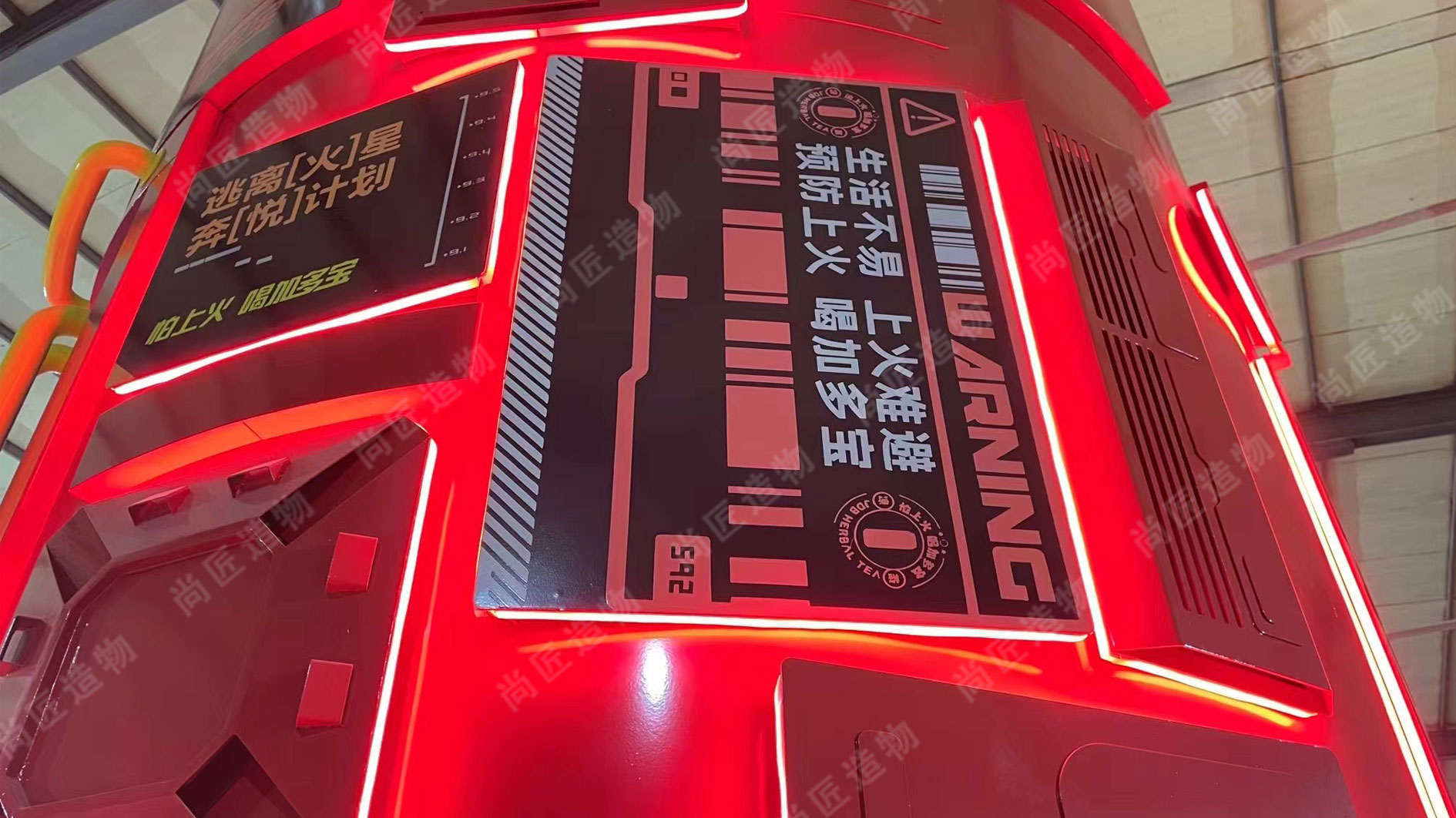
Stainless Steel Sculpture Design Techniques
Stainless steel sculpture design begins with precise material analysis and structural planning. Artists prioritize 304-grade stainless steel for its corrosion resistance and adaptability to outdoor environments, ensuring longevity in public installations. Modern techniques integrate 3D modeling software to visualize cartoon-inspired forms, allowing creators to refine proportions and exaggerated features—like oversized eyes or dynamic poses—before fabrication. Laser cutting and TIG welding enable intricate detailing, while hydraulic presses shape curved surfaces that mimic the fluidity of hand-drawn characters.
A critical phase involves balancing artistic whimsy with engineering rigor. Designers collaborate with metallurgists to calculate load distribution, particularly for suspended or cantilevered elements common in IP character sculpture. Surface treatments, such as mirror polishing or brushed finishes, are strategically applied to enhance light reflection or soften edges, aligning textures with the sculpture’s narrative tone. This fusion of digital precision and artisanal metalworking ensures each piece retains playful aesthetics without compromising structural integrity, bridging cartoonish charm with industrial durability.

Transforming Spaces via Steel Sculptures
Stainless steel sculptures have emerged as dynamic tools for redefining environments, blending artistic vision with structural durability. Unlike traditional materials, stainless steel’s reflective surfaces interact with light and surroundings, creating evolving visual narratives in public plazas, corporate lobbies, or residential gardens. The use of 304-grade steel ensures longevity, resisting corrosion while maintaining crisp lines—a critical advantage for outdoor installations exposed to weather extremes.
These sculptures often act as focal points, anchoring spaces with playful cartoon-inspired forms that soften industrial aesthetics. For instance, a whimsical animal figure crafted through precision laser cutting can transform a sterile urban square into an inviting community hub. Collaborative workflows between artists and metal fabricators enable the translation of 3D digital models into tactile artworks, ensuring both artistic intent and engineering rigor are preserved. By merging scale, texture, and motion, stainless steel sculptures redefine spatial experiences, proving that functional materials can elevate storytelling in architectural design.
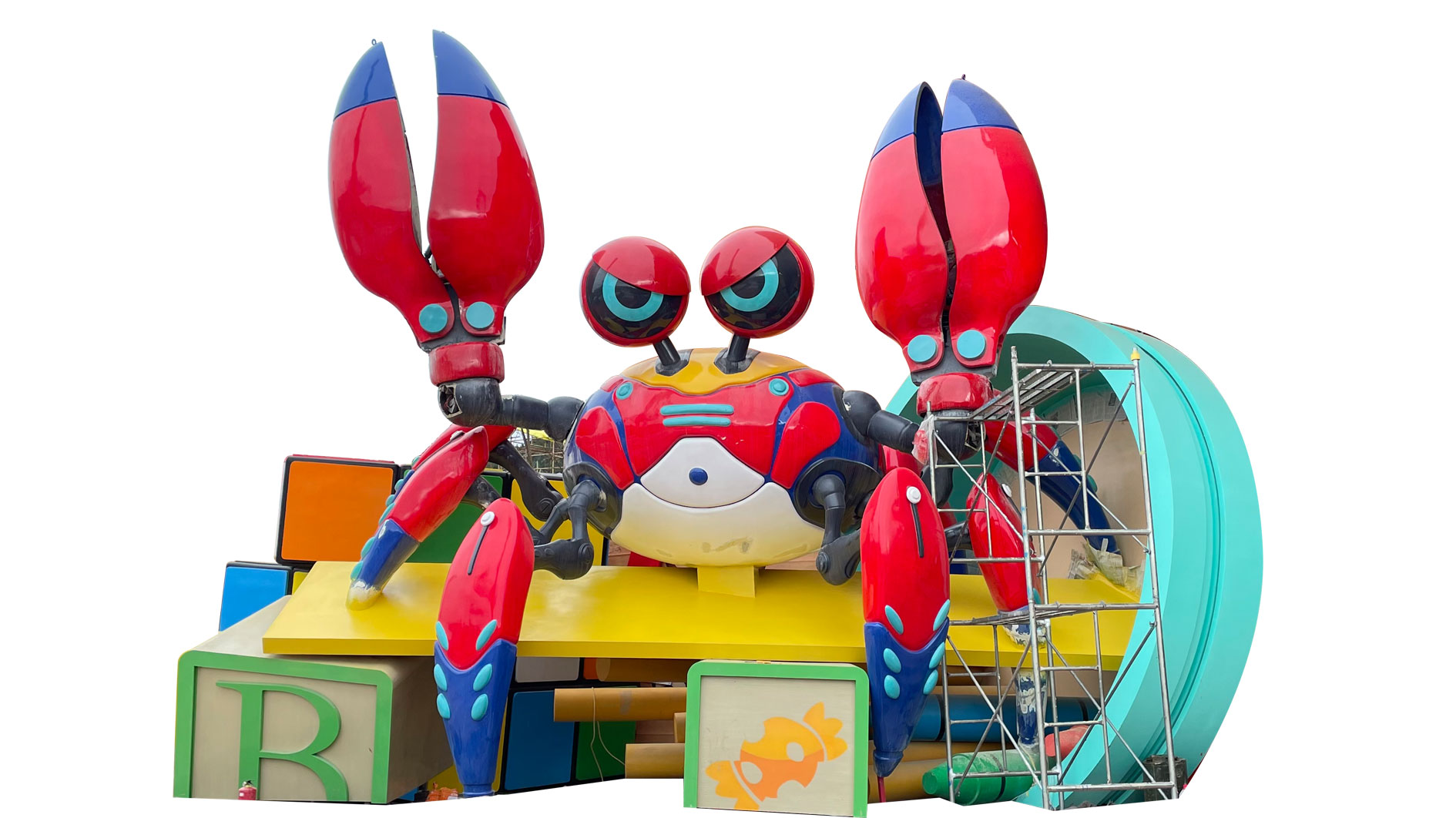
Cartoon Aesthetics in Architectural Steel
The integration of cartoon-inspired designs into architectural steel structures represents a bold fusion of playfulness and precision. Stainless steel’s versatility allows artists to translate exaggerated shapes, dynamic curves, and vibrant personalities—hallmarks of cartoon aesthetics—into durable, large-scale installations. Unlike traditional sculptural materials, 304-grade stainless steel offers both structural integrity and a reflective surface, amplifying the whimsical character of cartoon forms through light interaction. Architects and sculptors often employ techniques like laser cutting and metal folding to create intricate silhouettes resembling animated characters or abstracted comic motifs, ensuring these works withstand environmental stresses while maintaining visual impact.
This approach bridges the gap between functional architecture and public art, transforming building facades, bridges, or urban plazas into immersive storytelling spaces. For instance, steel sculptures resembling oversized cartoon figures might frame a building entrance, softening industrial environments with humor and approachability. The material’s resistance to corrosion ensures these playful elements endure in outdoor settings, proving that aesthetic charm and practicality can coexist. By reimagining architectural steel through a cartoon lens, designers challenge perceptions of metal as a rigid medium, inviting viewers to engage with urban spaces in unexpectedly joyful ways.
Steel Art’s Role in Contemporary Decor
Stainless steel sculptures have emerged as dynamic focal points in modern interior and exterior design, blending aesthetic appeal with structural resilience. Their reflective surfaces interact with natural and artificial light, creating evolving visual effects that adapt to time of day or seasonal shifts. In residential settings, cartoon-themed steel sculptures inject playful sophistication, contrasting minimalist furniture with whimsical forms. Commercial spaces leverage these artworks to reinforce brand identities—abstract animal figures in lobbies or stylized character installations in retail environments spark engagement while maintaining professional polish.
Architects increasingly incorporate stainless steel sculptures into urban landscapes, where their corrosion-resistant properties ensure longevity in public parks or plaza installations. The material’s adaptability allows seamless integration with glass, wood, or concrete, enabling artists to reinterpret cartoon motifs through geometric abstraction or fluid organic shapes. Unlike traditional decor elements, these sculptures serve dual purposes: functional partitions in open-plan offices transform into storytelling canvases, while garden installations double as weather-resistant landmarks. This fusion of artistry and practicality positions stainless steel as a defining medium for 21st-century spatial design.
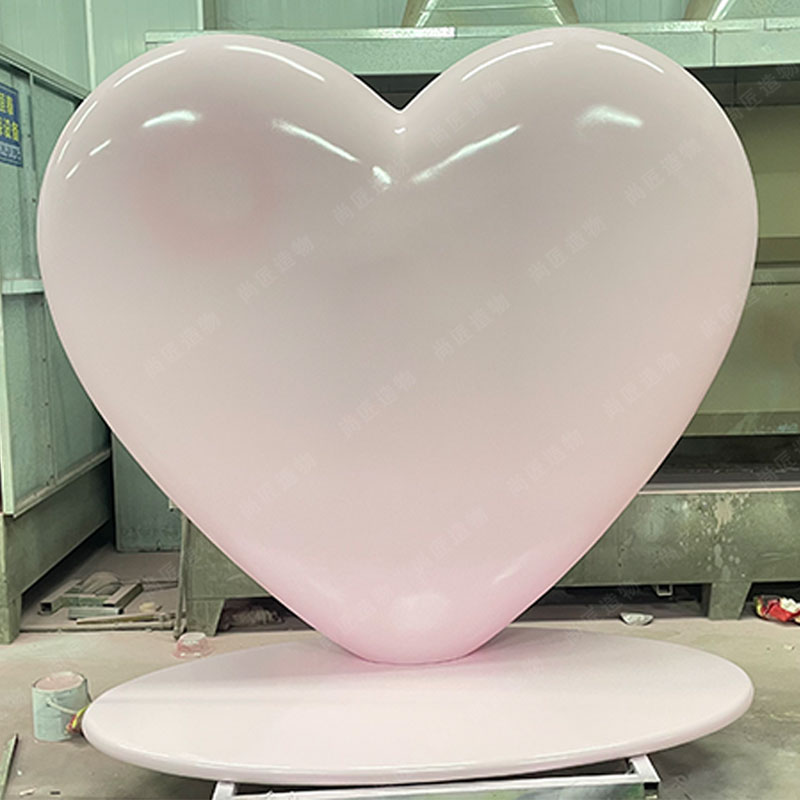
Conclusion
Stainless steel cartoon sculptures exemplify how artistic vision and industrial innovation can coexist, reshaping perceptions of modern art. By merging playful aesthetics with durable 304-grade steel, these works bridge childhood nostalgia and contemporary design, offering timeless appeal for both public installations and private collections. Advances in 3D modeling and precision fabrication have enabled artists to push creative boundaries while maintaining structural integrity, ensuring pieces withstand environmental challenges. Collaborative efforts between designers, engineers, and fabricators further highlight the interdisciplinary nature of this art form, blending technical expertise with imaginative storytelling. As urban landscapes increasingly prioritize interactive and visually engaging elements, stainless steel cartoon sculptures serve as versatile focal points, transforming sterile spaces into vibrant environments. Their growing popularity underscores a broader cultural shift toward integrating whimsy into functional design, proving that industrial materials can evoke joy as effectively as traditional mediums.
FAQs
How do stainless steel cartoon sculptures withstand outdoor elements?
304-grade stainless steel contains chromium, which forms an invisible oxide layer to resist corrosion. This alloy maintains structural integrity in rain, humidity, and temperature fluctuations, requiring only occasional cleaning with pH-neutral solutions.
Can these sculptures be customized for specific themes or spaces?
Designers use 3D modeling software to adapt characters and proportions to site specifications. Collaborative teams adjust textures—from polished mirror finishes to brushed surfaces—to align with architectural contexts or narrative themes.
What fabrication methods ensure precise cartoon details in steel?
Waterjet cutting and TIG welding allow millimeter-level accuracy for exaggerated features like oversized eyes or dynamic poses. CNC bending tools shape flowing curves, while hand-finishing adds subtle imperfections for artistic character.
Are stainless steel sculptures suitable for interactive public installations?
Rounded edges and smooth surfaces meet ASTM safety standards for high-traffic areas. The material’s non-porous nature prevents bacterial growth, making it ideal for playgrounds or civic plazas requiring durable, hygienic art.
How does 3D design innovation reduce production timelines?
Digital prototypes enable real-time adjustments to weight distribution and joint stress points before fabrication. This virtual testing phase cuts physical revision cycles by 40–60%, as noted in 2023 metalworking industry reports.
 ch
ch English
English






